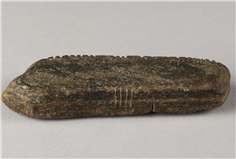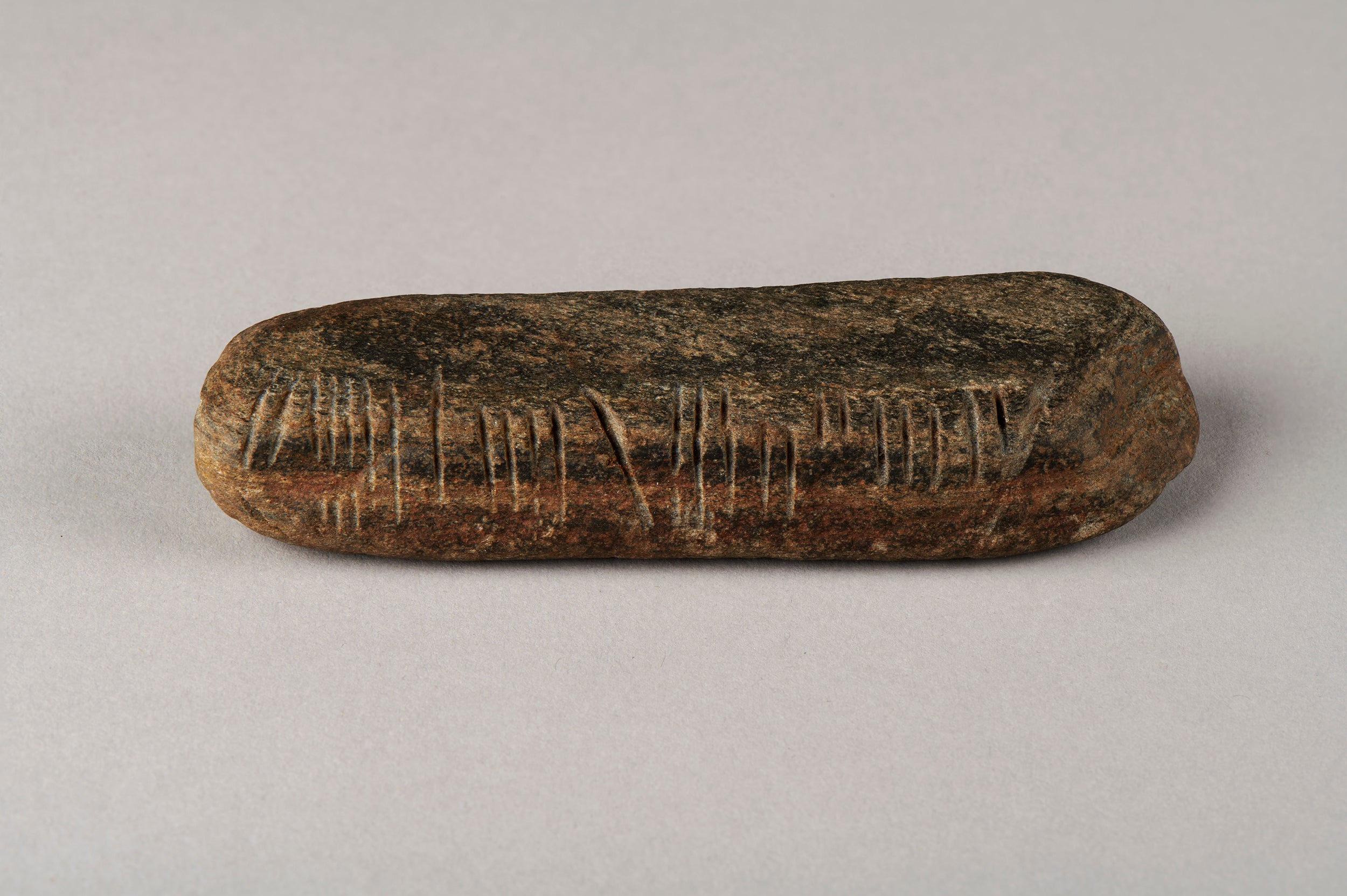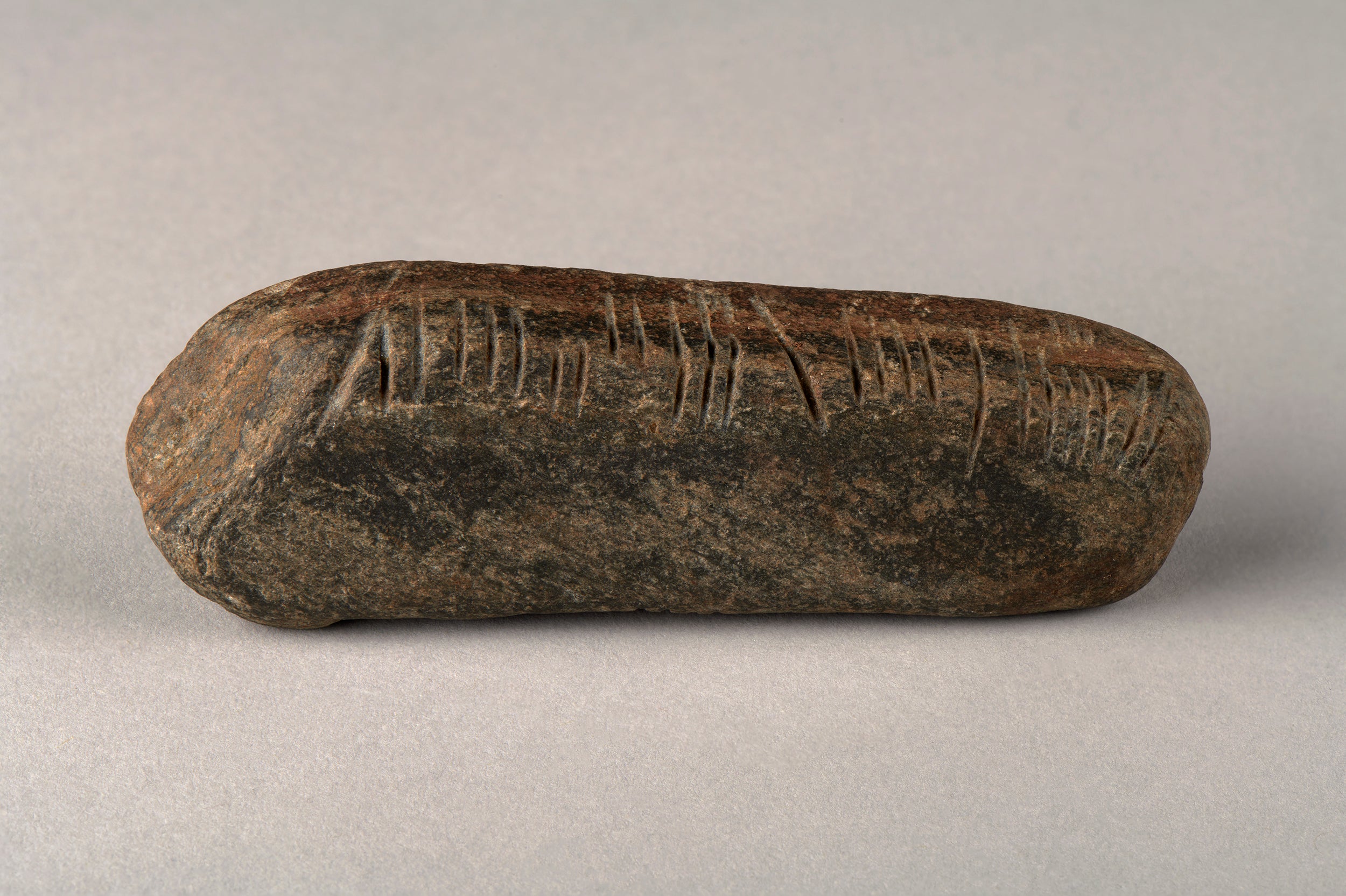Mystery as 1,600-year-old ancient Irish stone unearthed in English garden
Experts said the rare discovery created ‘more questions than answers’ after it was unearthed in an English garden

A mystery ancient Irish stone has baffled archaeologists after it was discovered in an English garden.
The 1,600-year-old stone, which is inscribed with an Irish language from the 4th century AD, was unearthed by a geography teacher in Coventry, West Midlands, in 2020.
Graham Senior, who found the object, said it caught his eye while clearing an overgrown part of his garden and he thought it was some kind of calendar.
But the discovery has created “more questions than answers” with speculation it could have belonged to Irish Christian monks travelling to the area, experts said.
“There’s a lot of possibilities as to why it came over,” Teresa Gilmore, an archaeologist at the Birmingham Museums Trust, told Live Science. “This is one of the things about some of the amazing finds that turn up — they often create more questions than answers.”

The object is made of sandstone, weighs about 139g and is about 11cm in length. The lines of the inscription - which could be a name - are cut into three corners of the stone.
This was a common way of writing the ancient Ogham language before the introduction of scraped calfskin, parchment and paper, experts said.
Mr Senior donated the stone to the Herbert Art Gallery and Museum in Coventry, where it will go on display until April 2025.
“We might never know how Mael lost the stone and how it ended up in a garden in Coventry, but I hope future research will reveal more,” Herbert museum curator Ali Wells said.

In January, it was reported a 2,000-year-old lead projectile used as a “bullet” by warring tribes was discovered with a Roman dictator’s name inscribed on it in Spain.
The artefact - known to specialists as a “glans inscripta” - measures 4.5 by 2 centimeters and weighs 71 grams and would have been made using a mold into which molten lead was poured.
On one side, an inscription reads “IPSCA” - likely Latin for an unknown Spanish town - while the other reads “CAES” for Ceasar.
Subscribe to Independent Premium to bookmark this article
Want to bookmark your favourite articles and stories to read or reference later? Start your Independent Premium subscription today.

Join our commenting forum
Join thought-provoking conversations, follow other Independent readers and see their replies
Comments